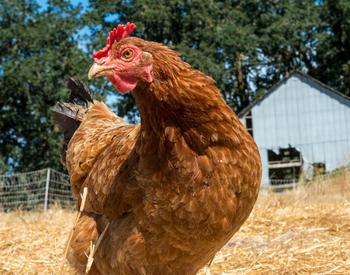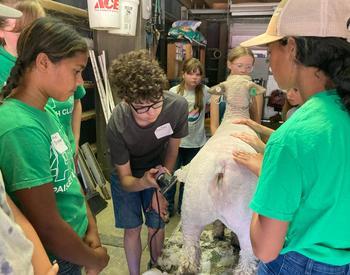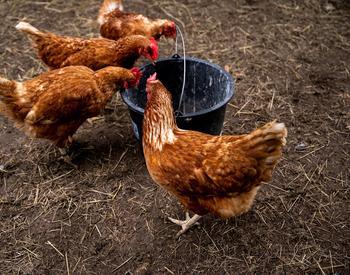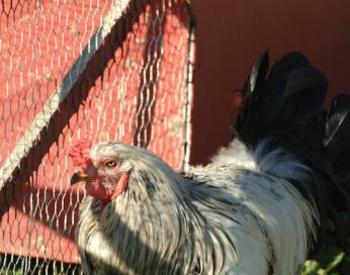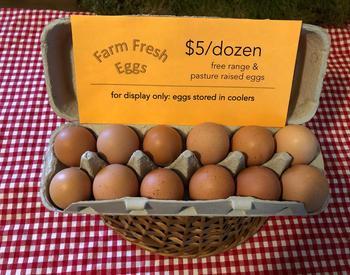As spring approaches, many people start thinking about raising chicks for home use or to supply eggs for sale. There are several things to keep in mind when purchasing chicks.
Where to purchase
Most feed stores sell chicks during the spring, usually until the middle of May. Some feed and farm stores sell chicks nearly year-round.
Buying chicks locally lets you see the birds prior to purchase. However, stores usually offer only a few relatively common breeds. Some feed stores will special-order chicks of a particular breed.
If you want a more exotic breed, consider ordering directly from a hatchery. These birds usually are not of show quality.
Shipping chicks is usually very successful, as long as there are no weather extremes at either end of their journey. When extreme weather is predicted, the Postal Service and other shipping services may not accept chicks for shipment.
Chicks do not require water or feed for up to three or four days. It is important, however, to pick up chicks as soon as they arrive so they can get water and feed.
Breed
Breed selection depends on your planned use of the birds. The most common breeds for backyard flocks are probably “sex-links.” These birds are crosses that can be sexed by using a genetic marker, usually color. They lay brown-shelled eggs and are good for both eggs and meat. Hens typically lay 150–200 eggs per year.
If greater egg production is desired, “production red” or White Leghorns are a good choice. These breeds or strains have been selected for increased egg production and can be expected to produce about 250 eggs per year. Production reds lay brown-shelled eggs, while Leghorns lay eggs with white shells.
All chickens can be used for meat. However, if chickens will be grown primarily for meat, Cornish Cross, or the slower-growing "Red Broilers" are the best choice.
Cornish Cross birds grow fast and need less feed to gain weight than other breeds. They should be ready for processing at about six to seven weeks of age. Slow-growing broilers can reach similar weights but take several weeks longer and significantly more feed.
Fancy breeds are pretty to look at but generally make poor production birds. Don't choose these breeds if production efficiency is desired.
Finally, bantams are small birds that produce small eggs. They're attractive but not very productive.
It's important to purchase chicks that have been vaccinated against Marek's disease, or “range paralysis.” This devastating disease can affect up to 40 percent of an unvaccinated flock, and there is no treatment.
The small increase in cost for vaccinated birds will pay off. The vaccine does not affect the birds' organic status.
Feed
Feed your chicks a chick starter diet until they are about six weeks old. If growing chickens for meat, feed a starter formulated for meat chickens. Other starters will not support the rapid growth of Cornish Cross birds.
Organic feeds are available at most feed outlets. In general, chickens fed organic feeds do not perform as well as those fed conventional feeds.
Learn more
How to Feed Your Laying and Breeding Hens, PNW 477
